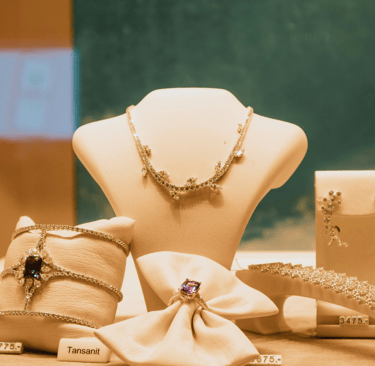The Timeless Allure of Rarity and Exclusivity in Luxury
6/15/20252 min read


Imagine a world where timepieces are crafted not merely to tell time, but to encapsulate centuries of horological heritage—each movement hand-assembled by a single artisan over months, with materials sourced from mines that yield only a handful of gemstones annually. This is not a fantasy. It is the essence of luxury.
The Myth of Luxury as Merely Expensive
In an era where opulence is often conflated with price tags, the true artistry of luxury lies in its intangible dimensions: exclusivity and rarity. These elements transcend monetary value, creating a narrative of desire that speaks to the human longing for distinction. Luxury brands have long understood that scarcity is not merely a supply-side tactic but a strategic art form—a dance between anticipation and access.
The Art of Exclusivity: Crafting a Narrative of Privilege
Exclusivity in luxury is not accidental. It is meticulously curated through limited editions, invitation-only experiences, and membership-based paradigms. Consider the Hôtel de Berri in Paris, where entry is restricted to guests with a provenance of cultural or intellectual significance. The hotel’s allure does not stem from its opulence alone but from the unspoken promise: “You belong here because few others do.”
In fashion, houses like Hermès enforce exclusivity through waitlists that may span years, fostering a culture where the desire for a Birkin bag is perpetuated not by advertising, but by the whispered conversations of those privileged enough to own one. Exclusivity, in this context, becomes a silent credential—a badge of discernment for the initiated.
Rarity as a Strategic Asset: The Language of Scarcity
Rarity in luxury is not just about limited quantities; it is about the stories embedded within those limitations. A Rolls-Royce Phantom, for instance, is not merely a car but a mobile monument to craftsmanship, requiring 1,500 hours of labor and materials like rare wood veneers sourced from century-old trees. The car’s rarity is etched into its DNA, from the bespoke starlight headliner to the hand-painted Spirit of Ecstasy hood ornament.
In the realm of fine jewelry, the appeal of a Graff diamond lies not only in its carat weight but in its geological journey—a stone formed over billions of years, unearthed in a mine that yields fewer than 100 such gems annually. Rarity here becomes a testament to nature’s caprice and human innovation, creating an object that is as much a conversation as it is a possession.
Luxury as a Philosophy, Not a Price Point
In a world increasingly saturated with consumption, the luxury industry’s enduring power lies in its ability to orchestrate desire through the twin lenses of exclusivity and rarity. These principles are not static; they evolve with cultural shifts and technological advancements. As brands navigate this landscape, the most successful will be those that harness scarcity not as a tool of restriction, but as a narrative of empowerment—a reminder that in a universe of abundance, it is the rare and the unreachable that continues to captivate the human spirit.
For luxury connoisseurs and creators alike, the question is not how to make a product expensive, but how to make it irreplaceable.
